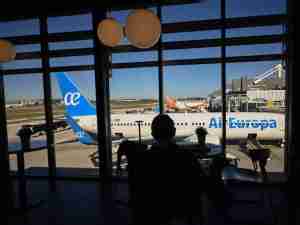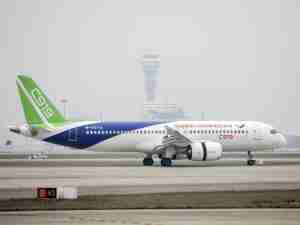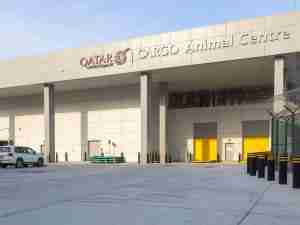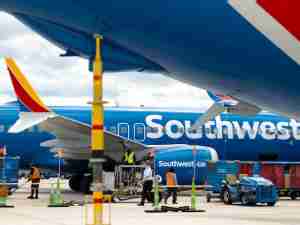Breaker’s Yard Beckons for Airbus A380 If New Homes Aren’t Found
By: | Jul 03 2017 at 11:16 AM | Air Cargo
Airbus SE’s A380 superjumbo faces the ignominy of being broken up for spare parts if second-hand operators for the oldest jets can’t be found in coming months.
The double-deckers could be “parted out” to recover engines and other spares worth at least $100 million per plane, according to German fund manager Dr. Peters, which owns four A380s due to be returned between October and June by Singapore Airlines Ltd. following the expiry of 10-year lease deals.
At the same time, talks are continuing with six potential operators of the jets, including an Asian low-cost airline that would fly them in a 700-seat single-class layout, Chief Executive Officer Anselm Gehling said in an interview. Prospective users also include carriers in the U.S., which has so far eschewed the model, and Europe, where British Airways owner IAG SA is continuing to evaluate deploying used A380s at airlines within the group, he said.
“Our main goal is to find new lessees,” Gehling said. “We’re also willing to sell the aircraft as some airlines told us they’d prefer that. Still, there are hardly any spare parts around when it comes to engines for A380s, so it may make sense to do a part-out for the first one or two aircraft returning.”
Airbus struck an order blank on selling new A380s last year and has offered to revamp the model with fuel-saving winglets and 80 extra seats on top of the standard 550 to improve its appeal. Boeing Co. last month dropped the very large aircraft category from its 20-year forecast, saying it sees no long-term future for either the Airbus plane or its own 747.
Lucrative Option
Parting out can be a lucrative option even for relatively young planes, with components—especially turbine elements—carefully managed in the aftermarket. Original lease terms on the A380s require that they be returned with engines, landing gear and auxiliary power units effectively as new.
An Airbus spokesman said that the Toulouse, France-based manufacturer remains confident in the market for second-hand A380s. It added that used planes will present a growth opportunity for new entrants and operators with different business models, as well as for major carriers that already have the plane in their fleet, or are considering adding it. VIP Variant
While the remarketing of the A380s due off lease is being done in conjunction with Airbus and Doric, which owns another Singapore Air plane, Dr. Peters has also engaged Sparfell & Partner to seek potential VIP customers for its four aircraft, with the Swiss reseller advertising them as Air Force One-style “head of state” transports on its website.
Some parties are also discussing short leases of two to four years in order to assess the utility of operating an A380, to be followed by five-year terms should the planes prove profitable, Gehling said. Doric said a year ago that the aircraft were being offered at a 40 percent discount to the $2 million-plus monthly rental rate for a new version.
For investors, parting out A380s—which had an original list price of about $250 million when they were bought, before discounts—should offer a decent return, Gehling said. After 10 years, they’d have typically had back 65 to 70 percent of their outlay, and would need $55 million to $60 million more now to break even, whereas an A380 could yield up to $120 million in components.
Singapore Airlines has orders for five more superjumbos which will maintain its fleet as its first planes come off lease. Germany’s WirtschaftsWoche news magazine reported earlier that Dr. Peters could opt to part out some of the returning aircraft.











